|

~unkown artists~
"In a world older and more complete than ours, animals move finished and complete, gifted with extensions of the senses we have lost or never attained, living by voices we shall never hear. They are not underlings; they are other nations, caught with ourselves in the net of life and time, fellow prisoners of the splendor and travail of the earth."
~unkown~

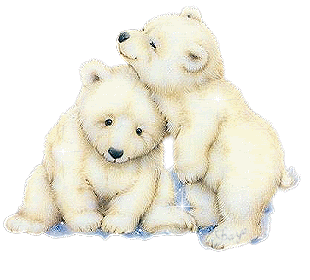
Predictions of polar bear extinction by 2050 may be optimistic. Recent reports from scientists indicate that global warming impacts are occurring earlier and more intensely than previously projected. Nowhere is this more apparent than in the Arctic where, in 2007, sea-ice extent shrank to a record onemillion square miles below the average summer sea-ice extent of the past several decades, reaching levels not predicted to occur untilmid-century. Not only does the impending loss of Arctic sea ice mean the loss of an entire ecosystem, it will also greatly amplify warming impacts on a global level due to the greater absorption of the suns energy by open water compared to reflective ice.
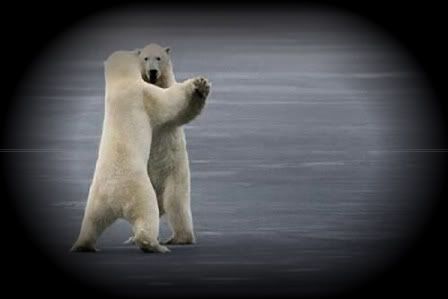
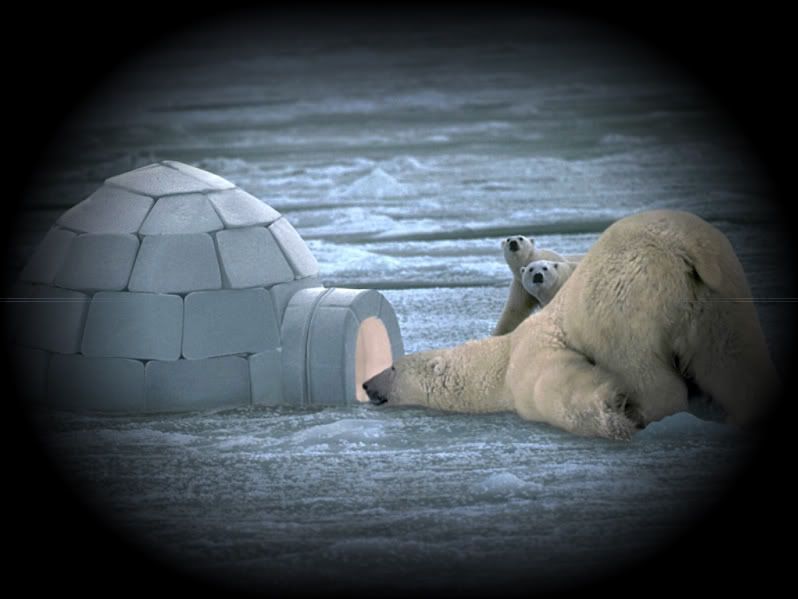
The rapid melting of the Arctic should be seen as an early warning of the broader climate crises to come if the United States and the world do not respond to global warming with the necessary urgency. Instead, like beachgoers chasing receding ocean waters to gather exposed shellfish just before a tsunami, nations and industry are racing to the newly ice-free areas to stake claims for fossil fuels and shipping routes that would lead us further down the path to climate catastrophe. The situation in the Arctic has reached a critical threshold. But with immediate action it is still possible to slow the melting of the Arctic. In addition to broader local, national, and international efforts to reduce U.S. and global carbon dioxide (CO2) emissions, saving the Arctic requires prompt reductions of other greenhouse gases, along with specific efforts to address direct threats to the region from industrial activities such as oil development and shipping. Reducing emissions of methane and black carbon, which both have short atmospheric lifetimes and a large warming impact on the Arctic, is a critical component of any effective action plan. Immediate methane and black carbon emissions reductions can buy the world more time to achieve the deep reductions in CO2 emissions that are necessary to protect the Far North. But the window of opportunity to act, like the ice, is shrinking rapidly.
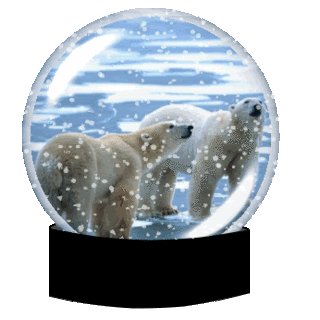
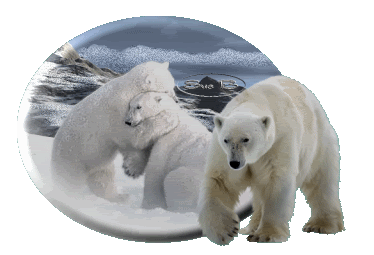
Polar bears are completely dependent upon Arctic sea-ice habitat for survival.Polarbears need sea ice as a platform from which to hunt ringed seals and otherprey, to make seasonal migrations between the sea ice and their terrestrial denning areas, and for other essential behaviors such as mating. Unfortunately, the polar bears sea-ice habitat is literally melting away. Global warming is impacting the Arctic earlier and more intensely than any other area of the planet. In parts of Alaska and western Canada, winter temperatures have increased by as much as 3.5° C in the past 30 years (Rozenzweig et al. 2007). Over the next 100 years, under a moderate emissions scenario, annual average temperatures in the Arctic are projected to rise an additional 3-5°C over land and up to 7° C over the oceans (Meehl et al.2007).
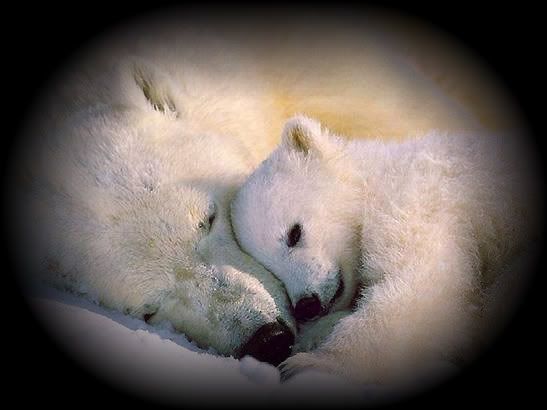
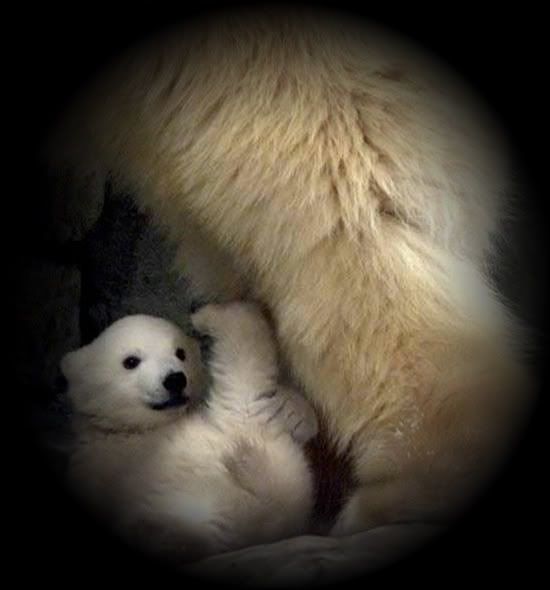
This rapid observed and projected warming is reflected in the devastating melt of the Arctic sea ice, which is highly sensitive to temperature changes. Summer sea-ice extent reached an unpredicted and uterly stunning new record minimum in 2007 (NSIDC 2007a,b; Figures 1, 2). At 1.63 million square miles, the minimum sea-ice extent on September 16, 2007 was about one million square miles1 below the average minimum sea ice extent between 1979 and 2000 (NSIDC 2007a). The 2007 minimum was lower than the sea-ice extent most climate models predict would not be reached until 2050 or later.
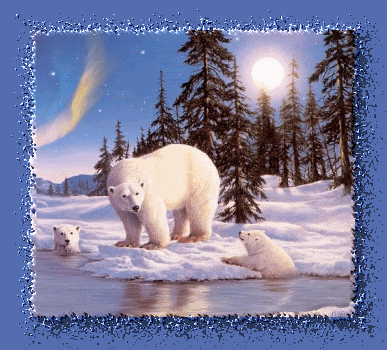
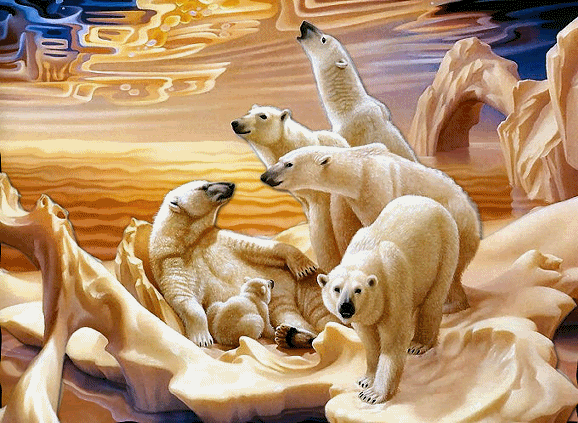
Leading sea ice researchers now believe that the Arctic could be completely ice free in the summer as early as 2030 (NSIDC 2007b). Climate change in the Arctic has reached a critical threshold, and the future of the icedependent polar bear is grim. Even short of complete disappearance of sea ice, projected impacts to polar bears from global warming will affect virtually every aspect of the species existence. These impacts include a shortening of the hunting season caused by delayed ice formation and earlier ice break-up, resulting in reduced fat stores, deteriorated body condition, and subsequent reduced survival and reproduction; increased distances between the ices edge and land, making it more difficult for bears to reach preferred denning areas; increased energetic costs of traveling farther between ice and land and through fragmented sea ice; and reduction in ice-dependant prey such as ringed seals and bearded seals (Derocher et al. 2004).
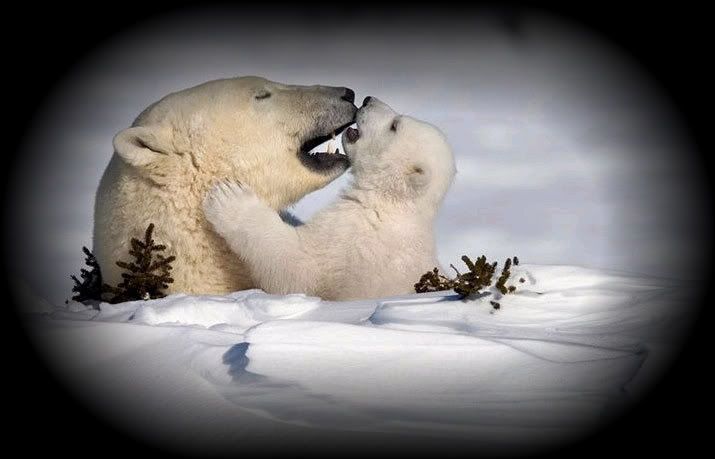
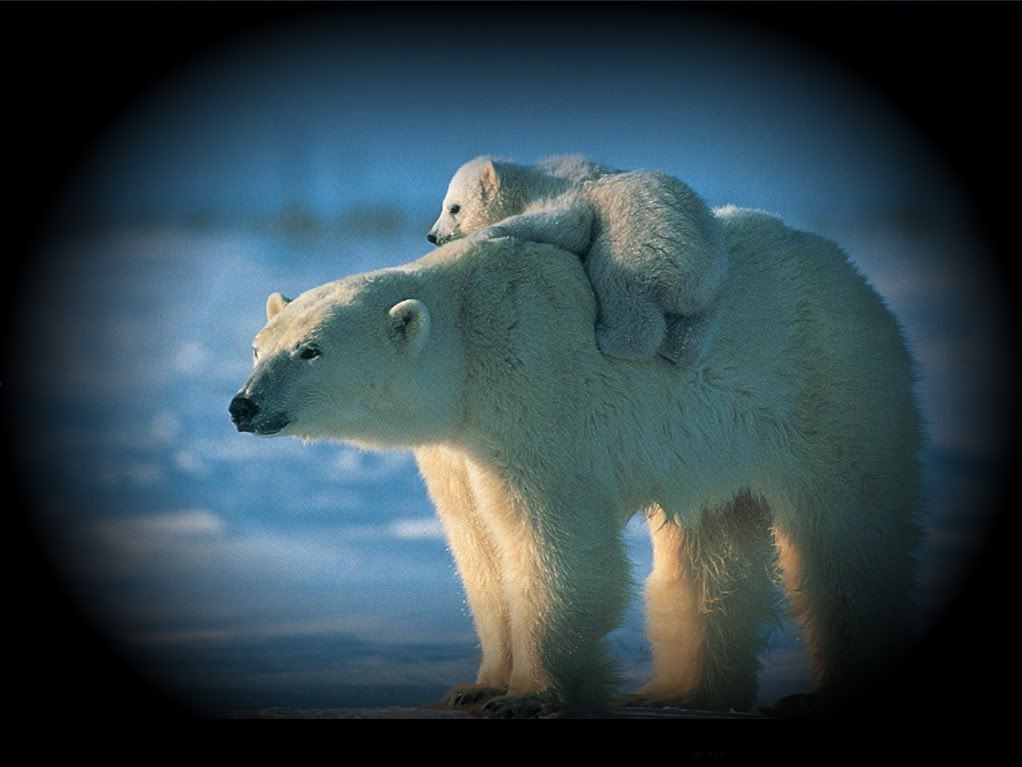
Global warming will also increase the frequency of human-bear interactions, as greater portions of the Arctic become more accessible to people and as polar bears are forced to spend more time on land waiting for ice formation (Derocher et al.2004). More human-bear interactions will almost certainly lead to increased polar bear mortality. Five of the worlds polar bear populations are now classified as declining, with a 22% declinefrom 1,194 bears in 1987 to 935 bears in 2004in Canadas Western Hudson Bay polar bear population (Aars et al. 2006). Recently, reports of polar bear drownings, cannibalism, and starvation have increased (Amstrup et al. 2006; Regehr et al. 2006; Aars et al. 2006). With the amount of, location of, and access to their ice-dependent seal prey changing rapidly, polar bears are increasingly vulnerable to starvation.
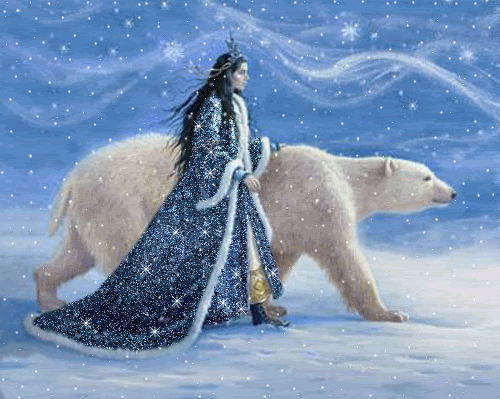
These species are, unfortunately, just the tip of the extinction iceberg. One study estimates that a third of the Earth's creatures will be condemned to extinction by 2050. Polar bears may not be extinct until 2040, but that doesn't mean we have 30 years to do nothing.
Hansen, the NASA climate scientist, has repeatedly warned that merely keeping up the current pace of emissions for 10 more years will irreversibly alter the Earth's climate. If sea levels rise 18 feet or more, a large proportion of the world's human population will be displaced — or worse. Polar bears are not the only species threatened by global warming. Absent political action from the United States and the world, the rest of us may be as well.
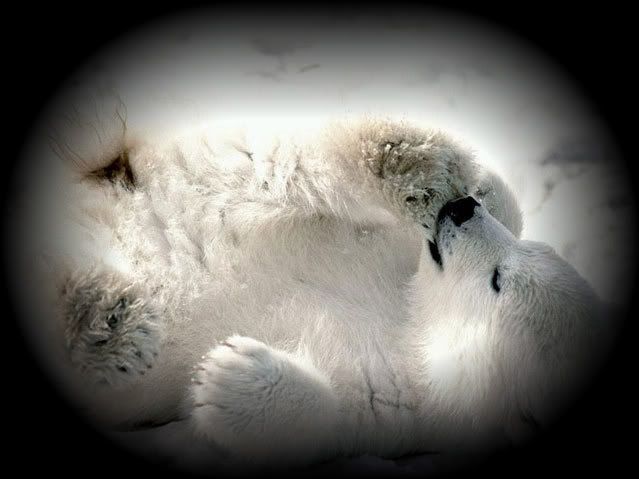
information by:
http://www.biologicaldiversity.org/publications/papers/ArcticMeltdown.pdf
backgroun and graphics by:

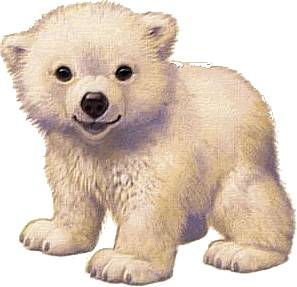



|